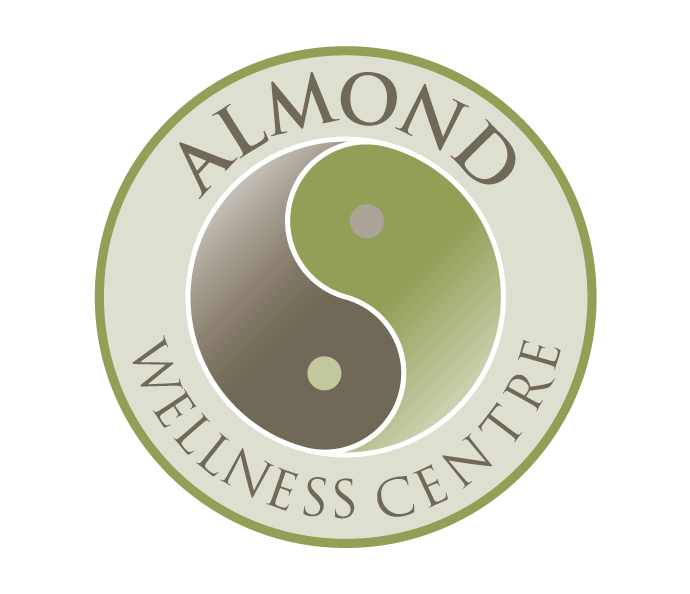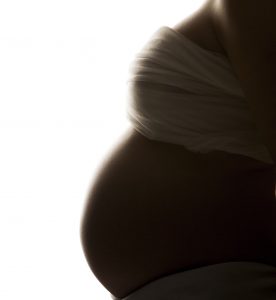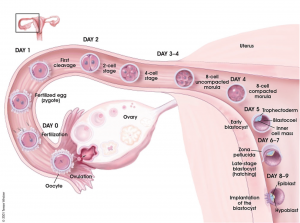Luteal Phase Defect (LPD): Understanding Its Impact on Fertility
If you’re trying to get pregnant, knowing about your menstrual cycle is super important. One thing that can mess with fertility is called Luteal Phase Defect (LPD). It happens when the luteal phase (the time between ovulation and your period) is shorter than 10 days. This can throw off your menstrual cycle and make it hard for your uterus to get ready for pregnancy. LPD is pretty common, affecting up to 10% of women who are having trouble getting pregnant.
Quick Navigation
In this blog, we’ll dive into:
- What LPD is and how it affects fertility.
- The causes and symptoms of LPD.
- How LPD is diagnosed.
- Natural ways to treat LPD, like acupuncture and Chinese herbal medicine.
What is Luteal Phase Defect (LPD)?
The luteal phase is the second half of your menstrual cycle, after ovulation and before menstruation. During this phase, the body makes progesterone, a hormone that helps thicken the uterine lining and supports early pregnancy.
In Luteal Phase Defect (LPD), the luteal phase is too short (less than 10 days) and progesterone levels may be low. This can prevent the uterine lining from developing properly, making it hard for an embryo to implant and grow.
How Does LPD Affect Fertility?
LPD can make it hard for you to get pregnant. Here’s how:
1. Poor Uterine Lining Development
Progesterone is important for thickening the uterine lining. With LPD, low progesterone levels can result in a thin or underdeveloped lining, making it harder for an embryo to implant.
2. Hormonal Imbalance
LPD messes up the balance of hormones needed for conception and early pregnancy support. Low progesterone levels can also lead to early miscarriage.
3. Irregular Ovulation
LPD can cause ovulation problems, like delayed or poor-quality egg release, which further reduces the chances of conception.
4. Recognisable Symptoms
Women with LPD may experience:
- Shorter menstrual cycles (less than 21 days).
- Spotting before menstruation.
- Low basal body temperature.
- Breast tenderness and fatigue.
If you notice these symptoms, it’s important to talk to a healthcare professional about your fertility.
What Causes LPD?
LPD is often caused by low progesterone levels in the ovaries. This hormonal imbalance can be caused by:
- Stress or poor lifestyle habits
- Thyroid disorders
- Polycystic Ovary Syndrome (PCOS)
- Excessive exercise or weight loss
- Aging, as progesterone levels naturally decline with age.
How is LPD Diagnosed?
If you think you have LPD, your healthcare provider may recommend the following tests:
- Tracking your basal body temperature (BBT) can show a shorter luteal phase (less than 10 days).
- A blood test during the luteal phase can measure progesterone levels. Levels below 10 ng/mL may indicate LPD.
- An endometrial biopsy can check if the uterine lining is ready for implantation.
Natural Ways to Address LPD
If you’ve been diagnosed with LPD, there are several natural ways to support your fertility:
- Eat a healthy diet rich in fruits, vegetables, whole grains, and healthy fats. Foods like avocados, nuts, and seeds can help with hormone production.
- Do regular exercise, but avoid excessive exercise, which can disrupt your cycle.
- Practice relaxation techniques like yoga, meditation, or deep breathing to reduce stress and support hormonal balance.
Acupuncture and Chinese Herbal Medicine for LPD
Acupuncture and Chinese herbal medicine can also be helpful for managing LPD symptoms.
Acupuncture and Chinese herbal medicine are natural remedies that can work wonders for fertility treatments. Here’s how they can help:
1. Balancing Hormones
Acupuncture targets specific points to boost progesterone production, which is essential for thickening the uterine lining.
2. Nourishing the Uterus
These therapies improve blood flow to the uterus, creating a healthy environment for the embryo to implant.
3. Reducing Stress
Acupuncture helps calm the nervous system, reducing stress and promoting overall well-being.
Combining acupuncture and Chinese herbal medicine with conventional treatments can significantly improve outcomes for women with LPD. This holistic approach addresses underlying hormonal imbalances and increases the chances of successful conception.
If you’re struggling with LPD or other fertility challenges, Almond Wellness Centre is here to help. Our experienced practitioners have the knowledge and skills in acupuncture and Chinese herbal medicine, offering personalised care to support your fertility journey.
Are you ready to take the next step?
We’re here to help you make your dream of starting or growing your family a reality. Reach out to us today to book a consultation or send us a message using the form below. We can’t wait to work with you!
FAQs About LPD
Can LPD be treated naturally?
Yes, lifestyle changes, acupuncture, and Chinese herbal medicine can help address LPD by improving hormone balance and uterine health.
How long does it take to see results with acupuncture?
Many women notice improvements within 3-6 months of regular acupuncture sessions, but results vary depending on individual circumstances.
Is acupuncture safe for fertility?
Yes, acupuncture is generally safe when performed by a qualified practitioner. It can be used alongside conventional fertility treatments.
Conclusion
Luteal Phase Defect (LPD) can be a tough condition, but with the right support, you can overcome fertility challenges. By addressing hormonal imbalances, improving uterine health, and reducing stress, you can increase your chances of conception.
At Almond Wellness Centre, we’re dedicated to helping you achieve your fertility goals with acupuncture Chinese medicine and other natural approaches. Reach out to us today to learn more about how we can support your journey.



